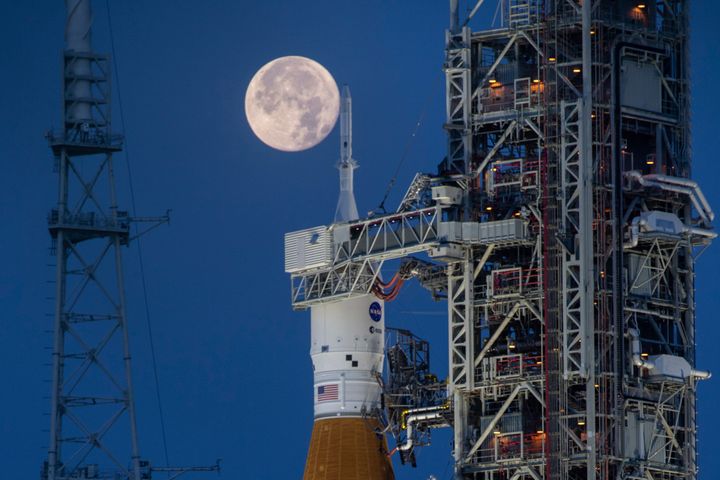NASA officially pushed back its plans to send astronauts close to the moon on Tuesday as the space agency works to address safety concerns on its new rocket system.
Officials delayed the planned launch of Artemis II from later this year until September 2025, a mission that will see four astronauts travel around the moon on a 10-day flight. That mission will be the first with a crew onboard the agency’s Space Launch System rocket and Orion spacecraft, which is meant to be the backbone of NASA’s hopes for deep space exploration.
The program’s next mission, Artemis III, was also pushed to September 2026. That launch will see a NASA crew — including the first woman and first person of colour — land on the moon for the first time since 1972.
A subsequent manned mission to the first space station around the moon, dubbed Artemis IV, is on track for launch in 2028.
“We are returning to the moon in a way we never have before, and the safety of our astronauts is NASA’s top priority as we prepare for future Artemis missions,” NASA Administrator Bill Nelson said in a statement. “We’ve learned a lot since Artemis I, and the success of these early missions relies on our commercial and international partnerships to further our reach and understanding of humanity’s place in our solar system.”
The delays comes as NASA continues to test safety and life support systems after uncovering issues it said “require additional time to resolve.” The space agency is also investigating an unexpected loss of part of the unmanned Artemis I’s heat shield. That probe is expected to finish in the spring.

But the agency said the ongoing delays to the Artemis program would only ensure astronaut safety and pave the road to further exploration.
“We are resolving challenges associated with first-time capabilities and operations, and we are closer than ever to establishing sustained exploration of Earth’s nearest neighbor under Artemis,” Catherine Koerner, the associated administrator of NASA’s Exploration Systems Development Mission Directorate, said in a statement.

